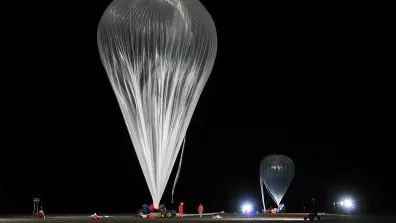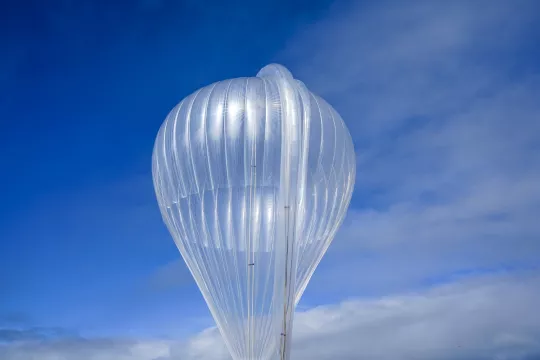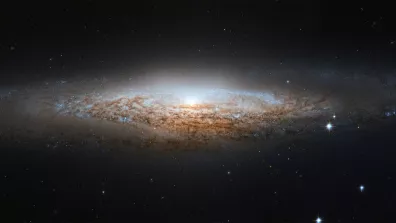Pre-dating the inception of CNES, scientific ballooning in France began in the early 1960s under the impetus of the scientific community, before our agency took over and developed it. This activity involves designing and operating lighter-than-air vehicles capable of sending scientific instruments aloft into the atmosphere.
Balloons today occupy a singular niche among modern scientific research tools. They tread lightly on the environment, as they don’t require engines, thrusters or fuel. They are the only platforms capable of staying aloft for long periods in the different layers of the atmosphere, complementing satellites, aircraft and sounding rockets.
Research using CNES balloons may be proposed to prepare, complement or validate space missions. They may also be employed for their own scientific or technological value, and not necessarily for spaceborne experiments.
Projects using other balloons not supplied by CNES, but requiring human resources or funding support from our agency and/or the INSU national institute for universe sciences at the CNRS national scientific research centre, must be submitted for approval.

Proposals in the fields of universe, Earth, microgravity and life sciences are assessed by the appropriate CNES subject matter working group(s). Proponents must indicate relevant research topics.
Proposals may cover:
- Preparatory studies working with CNES’s Balloons Sub-directorate towards a science mission
- Development and ground/flight qualification of innovative balloon-borne payloads; CNES ground support equipment—e.g. the Simeon thermal vacuum chamber—may be used for ground validation
- Flights of payloads or payload gondolas during campaigns with stratospheric zero-pressure balloons (ZPB), stratospheric superpressure balloons (SSB), boundary-layer superpressure balloons or dilatable weather balloons
- Use of balloon campaign data for science or applications, on their own or combined with other ground, aerial or satellite data
Potential proponents’ attention is drawn to the utmost importance that CNES accords to making data collected during flight campaigns available to the science community, notably through data and services hubs (AERIS for atmosphere data). Proponents will be required to sign a commitment in this regard on contract award.
For ZPBs, a yearly campaign is scheduled from different latitudes, particularly:
- In 2024, flights from Kiruna in Sweden, in June (that includes one transatlantic flight)
- In 2025, flights from Timmins in Canada around August-September
- In 2026/2027, the first flights campaign from the Palmas equatorial base (Tocantins) in Brazil
Dilatable balloon flights may be regularly organized from Aire-sur-l'Adour or as part of ZPB campaigns.
SAFIRE aircraft flights may be coordinated with heavy or light balloons through the IN-AIR research infrastructure.
For activities already underway with funding from CNES, a progress report detailing planned funding for the coming years is also required.
Where balloon flights are conducted with international scientific partners, French PIs or Co-PIs must submit a proposal via the Call for research proposals (APR) covering all instrumentation.
Balloon proposal documents
All documents:
- 2022 balloon and gondola proposals
- General User Manual
- Payload Gondola User Manual
- Telemetry integration guide
Document to be completed and attached to the technical proposal submitted via the APR, for flight requests only:
-
Scientific ballooning at CNES
Balloons are the only vehicles capable of studying the atmosphere in situ for long periods at altitudes up to 40 kilometres.





